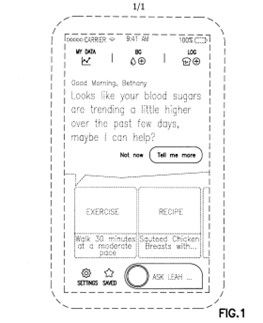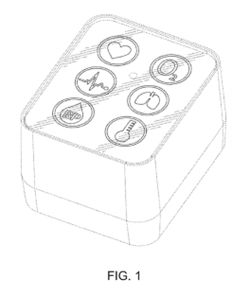An often-overlooked form of intellectual property (IP) protection for software applications is industrial design protection for a graphical user interface (GUI). The GUI can include unique design features or animations (series of design frames) that can be protected with industrial design.
The GUI of many software applications is usually the first, or sometimes only, point of user interaction. Successful software applications typically distinguish themselves by offering a GUI that is intuitive to the general user base. Over time, users become accustomed to the GUI and will associate the GUI with the functionality offered by the software. As a result, users are less likely to switch to another application that offers the same functionality but with an unfamiliar GUI. Developing such intuitive GUIs, however, requires substantial effort and cost—not only does the designer need to clearly understand the functionalities offered by the software, but the designer also needs to anticipate how a user will interact with the GUI and offer a GUI that guides the user experience. The resulting GUI is often distinctive compared to competitors. The ability to prevent others from copying the GUI can provide a competitive advantage.
Many software applications and smart devices in the healthcare industry, for example, are intended to encourage interaction between the application and the user. The design of these healthcare applications often prioritizes usability. Here are two examples of healthcare designs in Canada and the US:
|
Industrial Design 179482"Display Screen with Graphical User Interface for Managing Diabetes" |
US Design Patent No. 807391"Display Screen with Graphical User Interface for Health Monitoring Display" |
The portions shown in solid lines are the protected design, and the
dashed lines are not the protected design.
In Canada, an industrial design can protect features such as shape, configuration, pattern, and ornamentation that appeal to the eye. Colour can actually also be protected as a feature of ornament or pattern. In the United States, design patents are similarly available for ornamental designs.
When executed properly, industrial designs can be an essential form of protection for GUIs. The more common form of IP protection for software is the "utility patent", which protects the functionality of the software application. In many instances, businesses may file both industrial designs and utility patents to offer a comprehensive IP strategy for the software application. However, there are situations when only one type of protection applies, or one type is preferred over the other. For example, in order to obtain utility patent protection, the applicant will need to publicly disclose the inner workings of the software application. Such extent of disclosure may be unappealing to some businesses. On the other hand, in some cases, the functionality offered by the software application may not necessarily be inventive. Instead, the unique way in which the information is presented is the point of commercial success.
Industrial designs are typically less expensive than utility patents and do not require the detailed disclosure of a utility patent. When seeking intellectual property protection for software applications, the point of commercial success should be considered. If the success is driven by the usability appeal, industrial designs are highly recommended.
Design protection can be a powerful form of intellectual property protection for software applications that are consumer-driven. Be sure to reach out to an intellectual property professional to discuss ways of balancing your intellectual property strategy between design and utility protection.
The content of this article is intended to provide a general guide to the subject matter. Specialist advice should be sought about your specific circumstances.




